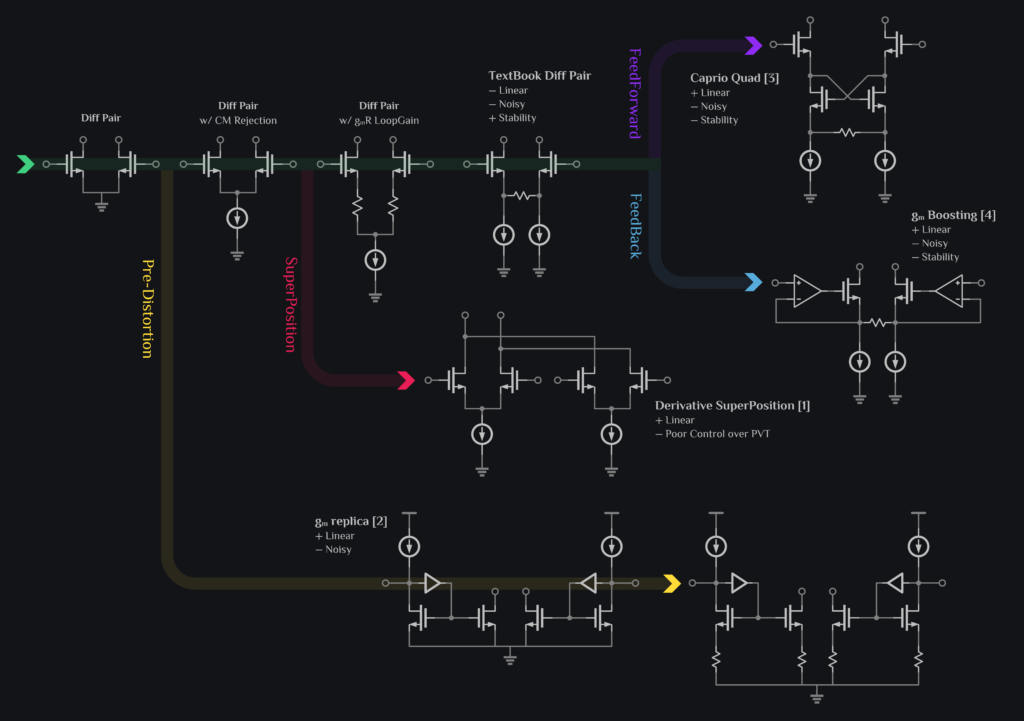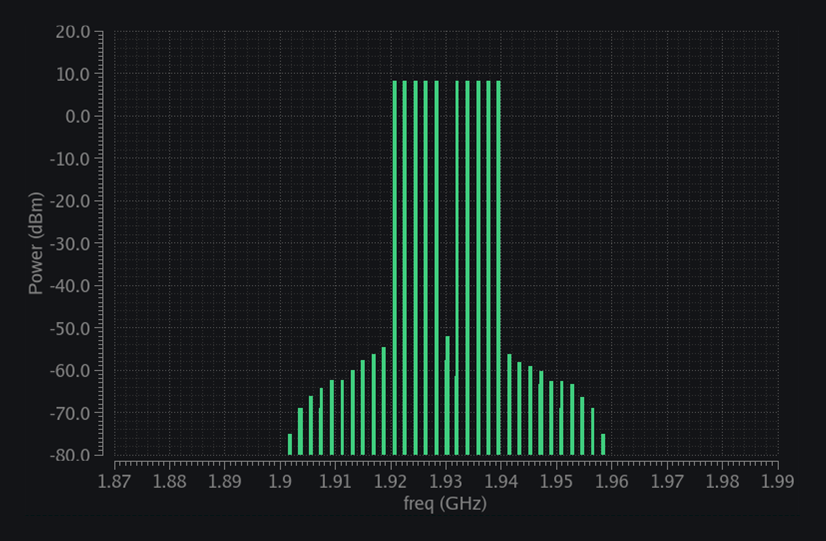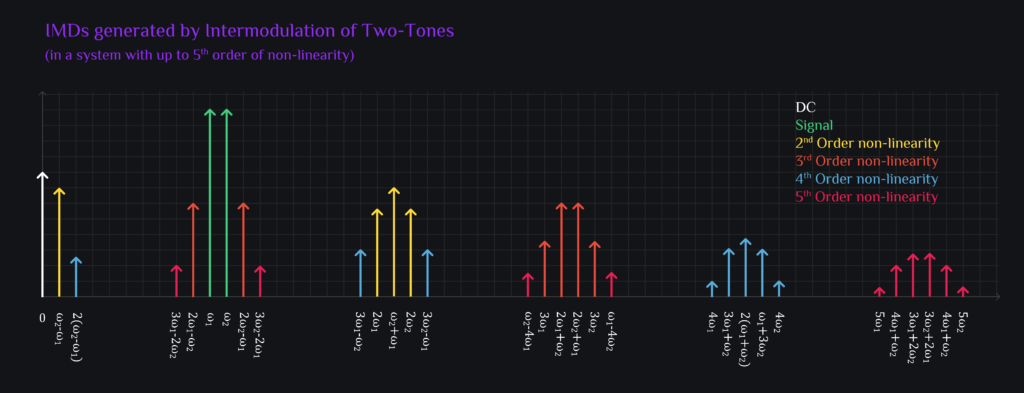Linearity Improvement Techniques

Linearity Improvement Techniques for on-chip Amplifiers The Fantastic Four of Linearity Improvement Techniques Linearity is one of the most, if not THE most, important metric in circuit design. All analog circuits are inherently non-linear mainly because of non-linear behavior of transistors. Many linearity improvement techniques have been discovered or invented in literature yet we only […]
Protected: ACLR Simulation in Cadence

There is no excerpt because this is a protected post.
Loadline Design
Loadline Design The output of a power amplifier (PA) is terminated with a specific impedance. This impedance is required for optimal linearity or power generation or efficiency or combination of such specs, and is determined by loadpull analysis. We call it loadline. While a loadline helps PA deliver its performance, the matching (VSWR) gets ruined […]
IQ Calibration
TX RSB Improvement by IQ Calibration Residual sideband suppression (RSB) is one of key TX specs. We want to minimize this because this degrades EVM (when LO is centered to CC leading to signal and its image falling on top of each other) or degrades ACLR (when LO is not centered to CC leading to different signal […]
Protected: LO Leakage in TX
There is no excerpt because this is a protected post.
TX Receive Band Noise
TX Receive Band Noise Spec Explained As with any circuit, a TX comes with two basic impairments: distortion and noise. Some of these fall very close to the signal band, get transmitted out of antenna, and cause emissions in adjacent channels measured as ACLR. And some of these fall a little far away from signal […]
TX EVM Breakdown
TX EVM EVM is one of the key TX design spec. EVM is a measure of signal quality. It is a measure of in-band distortion and noise while ACLR was a measure of out-of-band distortion and noise. Funny enough that since it is in-band, you do not care as much about it as ACLR. If […]
Phase Noise Integration in ACLR
Estimate Noise Contribution in TX ACLR A TX is required to comply with Spectral Mask which basically says you cannot transmit x amount of power outside of your given frequency band. As with everything in life, TX is not ideal and ends up spilling some power in adjacent bands which is measured as ACLR. This […]
Baseband Tones Intermodulation
Intermodulation of Two Baseband Tones This is part 3 in series of two tone intermodulation distortion. When we usually talk about two tone intermods, we mean it for two RF tones for which 2nd harmonics or even order terms fall far away, and we say we only care about IM3 and IM5 because they are close […]
Intermodulation Distortion Analysis

Advance Intermodulation Distortion Analysis This is part 2 in series of two tone intermodulation distortion analysis. Whether you are optimizing linearity or debugging it, you want to understand what are different distortion products, how do they get generated and what are they made of. For example, IM3 is made of odd order non-linearities: 3rd order has […]